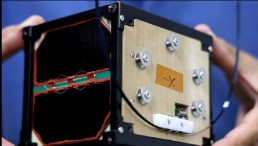space
SpaceX Earns Certification to Launch NASA Science Missions
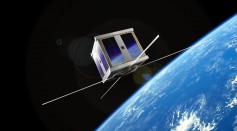
NASA Searches for Small Satellite Launchers
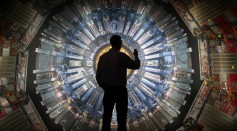
Research on a Grand Scale: Over 5,000 Scientists Come Together for Record-Breaking Publication
Rare Quasar Quartet is the First of Its Kind
Burning Up Over Siberia—Russian Rocket Disintegrates Along With Mexican Satellite
NASA Probe Searches Pluto for New Moons and Rings
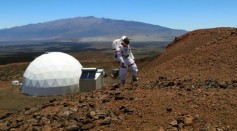
NASA Hopes to Rely on Algae and Bacteria for Oxygen Production on Mars
NASA Astronaut Who Walked on the Moon Believes Aliens DID Crash in Roswell

How Do Galaxies Die?
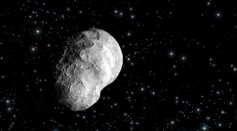
NASA Scientist Says Space Mining Needs Oversight
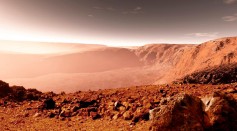
Humans May Not Have to Carry Oxygen to Mars
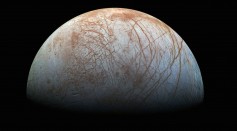
NASA Learns What the Mysterious Dark Material on Europa Is
Cause of Galactic Death: Strangulation
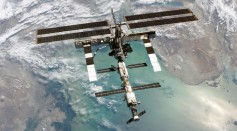
Crew Change Delayed on the International Space Station
Most Popular

The Role of AI in the Next Generation of Logistics: Insights from Tobias Waldhecker

Alzheimer's Treatment Drug Lecanemab Found to Increase Death Risk, New Research Shows

Cloned Black-Footed Ferret Gives Birth to Two Healthy Kits

Optimizing Complex Catalog Systems with Graph Theory and Indexing

